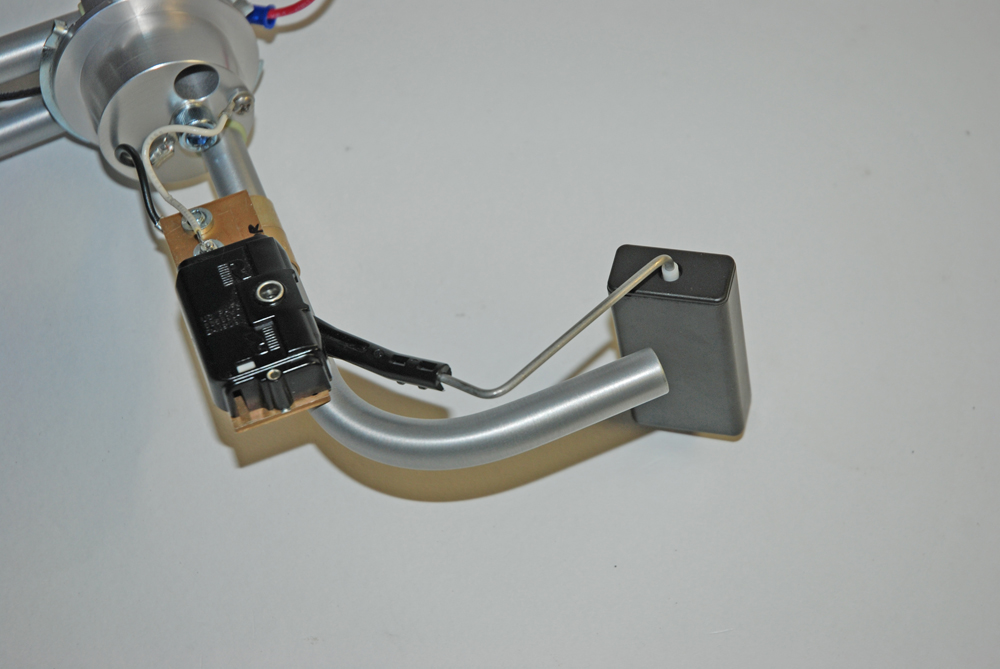
If you’ve ever buried your foot to the floor on the drag strip, and run into a stumble, there’s something that becomes clear in a big hurry: Getting the fuel from the tank to the carb is rather important. If you don’t have sufficient fuel, then the ET slip will certainly reflect it. In fact, in some vintage cars, fuel delivery is so poor, you can actually feel the deficiency as you wind through the gears. A big part of the puzzle for any car is to supply a sufficient volume of gasoline. Now you might think this is all very simple. The reality is, it’s not – especially if you want to get it done with a lone stock style mechanical fuel pump. This article is all about the importance of having the right fuel sending unit for your setup.
Ponder this: You’re kicking back a good old-fashioned milkshake. Instead of using that big fat straw the shake normally comes with, substitute it for the itsy-bitsy straw you’d normally use with a soda pop. You’ll soon discover that sucking that mouthful of shake isn’t exactly easy. Replace that soda pop straw with a big milk shake straw and it’s pretty comfortable. The same applies to a fuel system. That’s why some performance cars from the musclecar-era were factory-fitted with larger than standard diameter fuel lines (for example, a 3/8-inch line instead of a more common 5/16-inch or smaller jobs). The problem is, the big bottleneck isn’t right at the fuel line. It begins way before that with the sending unit.
The fuel sender is absolutely critical. A big restriction in a production line fuel delivery system is the fuel tank pickup/sending unit combination. If you’re building a high flow arrangement, you have two choices: Try to find a 3/8-inch replacement pickup and sending unit (these were used on select big engine muslcecars and in some cases, they’re not exactly easy to find) or copy what plenty of F.A.S.T. guys do: Replace the factory sender/pickup with a custom billet job from the folks at RobbMc Performance Products. The RobbMc setup is based upon a huge ½-inch diameter pickup and it does away with the troublesome sock filter the OEM replacements come with. The dilemma with the sock is that it can become plugged and you don’t know it. Fuel flow goes down and, obviously, so does performance. The custom pickup requires an external fuel filter (not a bad idea for any car), but otherwise bolts into place as stock. It’s a slick piece and if you’re searching for maximum fuel flow from a stock gas tank, this is the place to begin.
Now RobbMc doesn’t just offer one style of sender. They have several different versions for a wide array of vintage iron. You can order it with a conventional
½-inch tube outlet/return or you can specify -8AN or even -10AN outlet and return lines. Case-in-point is the setup shown in the accompanying photos. It’s designed for a first generation Camaro (or 1968-74 Nova or other GM X-body). And as you can see, it comes equipped with -8AN male fittings on both the feed and return lines. In our case, we didn’t need a return, so it was simply capped. It’s all very cool and extremely well built.
The bottom line here is, these trick senders/fuel pickups end fuel starvation right at the source. They’re not even that expensive. The RobbMc (http://www.robbmcperformance.com/) piece shown here costs $149.00 plus an additional $20.00 for the -8AN package. For a closer look, check out the accompanying photos:









Leave a Reply